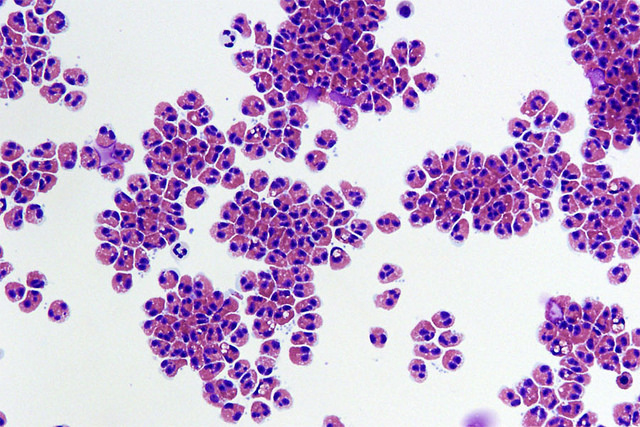The purpose of the Carotid Revascularization Endarterectomy versus Stenting Trial (CREST) is to compare the relatively new procedure of stent-assisted carotid angioplasty (CAS) to the traditional and accepted surgical approach of carotid endarterectomy (CEA) for the treatment of carotid artery stenosis to prevent recurrent strokes in those patients who have had a TIA (transient ischemic attack) or a mild stroke.
Official Title
Carotid Revascularization Endarterectomy versus Stenting Trial (CREST)
Conditions
– Stroke- Cerebral Infarction- Carotid Stenosis- Atherosclerosis
Study Type
Interventional
Study Design
Prevention, Randomized
Further Details
The primary aim of the Carotid Revascularization Endarterectomy versus Stenting Trial (CREST) is to contrast the relative effectiveness of carotid angioplasty with stenting (CAS) versus carotid endarterectomy (CEA) in preventing stroke, myocardial infarction, and death. Patients will be followed for up to four years. CAS is a relatively new procedure that has increased in popularity in recent years due in part to advances in stent technology. Stents are medical devices approved and commonly used for treatment of heart disease. The investigational stent that will be used in this trial is the ACCULINK(TM) Carotid Stent System, an elastic-like metal scaffold that is expanded inside a carotid artery to hold the vessel open. The ACCUNET(TM) Embolic Protection System (an umbrella-like device that expands above the narrowed portion of the carotid artery) will be used in conjunction with the ACCULINK stent. The ACCUNET system is designed to capture embolic material that could break off from the narrowed area in the carotid artery while still allowing blood to flow through the vessel during the procedure. Embolic material could block blood flow to the arteries beyond the narrowing and be harmful to the brain. The ACCUNET System is closed and removed after the stent is placed. Many interventionalists believe that CAS has advantages over CEA because CAS is less invasive. CEA involves a neck incision and physical removal of the plaque from the inside of the artery. CAS involves insertion of a catheter or tube into an artery in the groin and then threading the catheter through the arteries of the body to the location of the plaque within the carotid artery in the neck. A balloon dilates the artery and the stent is then placed to cover the plaque and hold the artery open. Even though both procedures provide benefits to patients, no studies have shown conclusively which procedure, stenting or surgery, is better overall. Patients will be randomly assigned to undergo either CAS or CEA, and all patients will receive best medical management, which includes treatment with aspirin, treatment of high blood pressure, and treatment of other stroke risk factors.
Study Start
4 year study period
Eligibility & Criteria
Ages Eligible for Study: 18 Years and above, Genders Eligible for Study: Both Criteria Inclusion Criteria:Symptomatic patients with recent neurological events (TIA or non-disabling stroke) with an associated carotid stenosis greater than 50% by angiography or 70% by ultrasound are eligible for randomization. Exclusion Criteria:Conditions that: (1) interfere with the evaluation of endpoints, (2) are known to interfere with the completion of CEA or CAS, or (3) affect the likelihood of survival for the study period (4 years).
Total Enrolment
Contact Details
[1] National Institute of Neurological Disorders and Stroke (NINDS)
All content and media on the HealthEngine Blog is created and published online for informational purposes only. It is not intended to be a substitute for professional medical advice and should not be relied on as health or personal advice. Always seek the guidance of your doctor or other qualified health professional with any questions you may have regarding your health or a medical condition. Never disregard the advice of a medical professional, or delay in seeking it because of something you have read on this Website. If you think you may have a medical emergency, call your doctor, go to the nearest hospital emergency department, or call the emergency services immediately.







